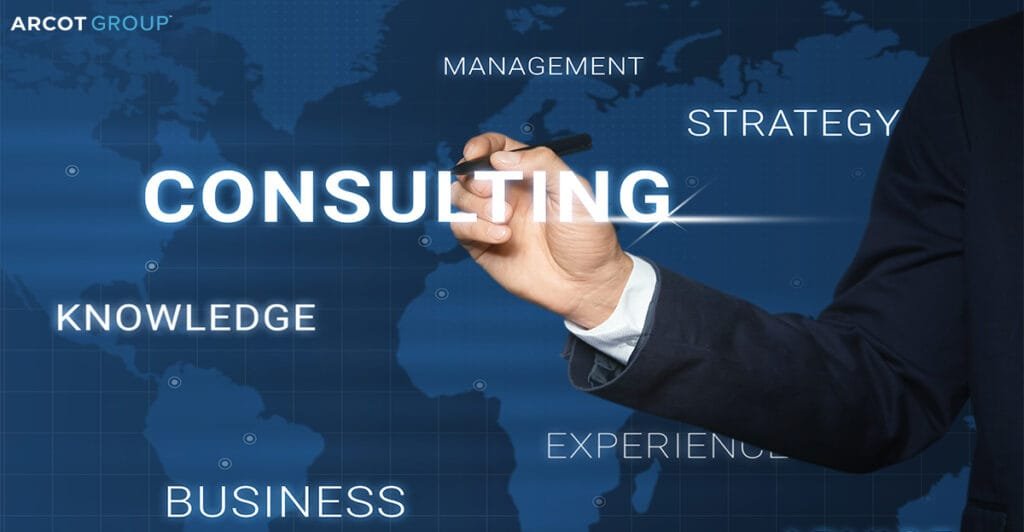Navigating Growth: A Step-by-Step Business Consulting Approach
In the dynamic and competitive landscape of business, growth isn’t just an objective—it’s an imperative. Effective growth requires a strategic […]
In the dynamic and competitive landscape of business, growth isn’t just an objective—it’s an imperative. Effective growth requires a strategic […]
